“BPA-free” is a buzzword that may fool you into thinking you’re getting a safer, better product. Unfortunately, this label is not always what it seems.
Plenty of products, food packaging, and other items on store shelves boast a BPA-free status, but it doesn’t necessarily make it better.
While the label “all natural” does not have any standardized meaning, “BPA-free” in fact indicates that the product is free from one specific chemical: bisphenol-A. However, that doesn’t mean that it’s free from similar chemicals. Read on to discover what BPA is, and why a BPA-free label isn’t necessarily healthier.
Struggling to lose weight? Unable to focus? Chances are, your hormones are out of whack.
Grab Our FREE Guide To Fixing Your Hormones By Clicking Here!
What Makes Plastic BPA-Free?
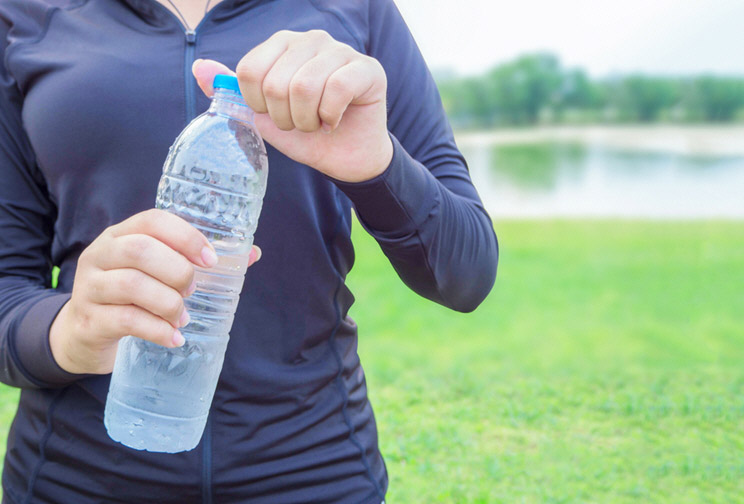
BPA is a chemical found in plastics and other household products, including certain toys, the linings of canned goods, and disposable baggies.
This chemical was originally added to items in the 1950s because it helped strengthen hygiene products, food containers, baby bottles, and other plastic goods that needed to resist degrading with use.
However, once the concerns that BPA disrupts the endocrine system emerged, companies began making changes to their products. Now, many products boast a BPA-free label.
The most popular items that still might contain BPA include:
- Canned goods
- Toiletries
- Feminine hygiene products
- Paper receipts from stores
- Electronics
- Sealants for dental fillings
- CDs and DVDs
It’s generally agreed that minimizing BPA exposure is a good idea, though messages are mixed. For example, the FDA officially states that BPA is safe, but required that baby products be made without BPA starting in 2012. (1)
So… is BPA-Free Plastic Safe?
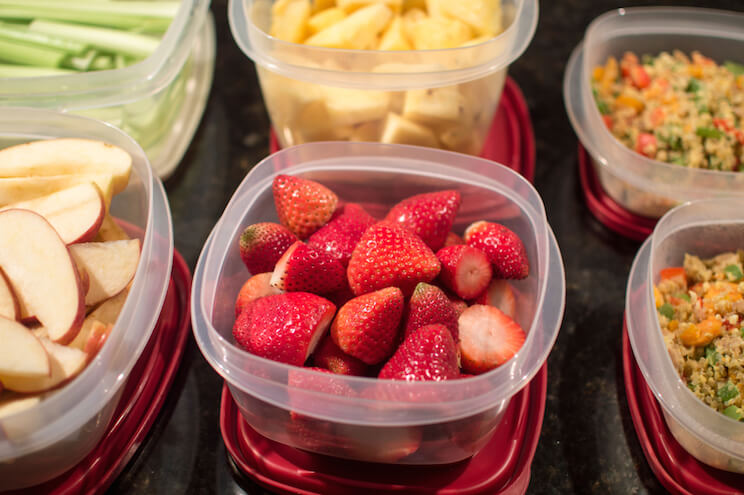
While many companies manufacture their products without BPA, the downside is that these products often contain BPS (bisphenol S) or BPF (bisphenol F) instead. Bisphenol A, S, and F are all chemical compounds that are in the same category. These chemicals are not studied as thoroughly as BPA, but almost certainly have similar health concerns.
While experts disagree on whether BPA is truly harmful or to what extent, research indicates that BPA can have the following potentially harmful reactions when it’s present in the body:
- Acts as estrogen. BPA binds to estrogen receptors and can interfere with hormone balance. (2)
- Interacts with thyroid hormone receptors. This can alter hormone production in the body. (3)
- Causes reproductive problems. Common reproductive problems include recurrent miscarriage, low egg quality, Polycystic ovary syndrome (PCOS), reduced sperm count, and infertility. (4, 5, 6, 7, 8)
- Affects fetal development. BPA can cause hormone changes that occur in utero, including low birth weight in babies. (9, 10)
- Alters mental health. Exposure to BPA can lead to decreased connections between brain cells and may cause hyperactivity in children and adolescents. (11, 12, 13)
- Raises blood pressure. BPA exposure increases the chances of heart disease by as much as 63 percent and can increase the potential for type 2 diabetes by as much as 60 percent. (14, 15)
- Leads to weight gain. Obesity and increased body weight are especially common in women. (16)
Unfortunately, research reports that BPS and BPF can disrupt the cells in the body in a similar method to BPA – meaning that a “BPA-free” label doesn’t mean a product is completely free from harmful chemicals. (17)
So how can you know if you’re getting exposed to BPA, BPS, or BPF? Plastic items that contain the numbers 3 and 7, usually on the bottom or base of the product, are likely to contain one or more of these ingredients. That means that even if the label says “BPA-free”, you may not be completely free from exposure.
What Are Safer Alternatives to Plastics?
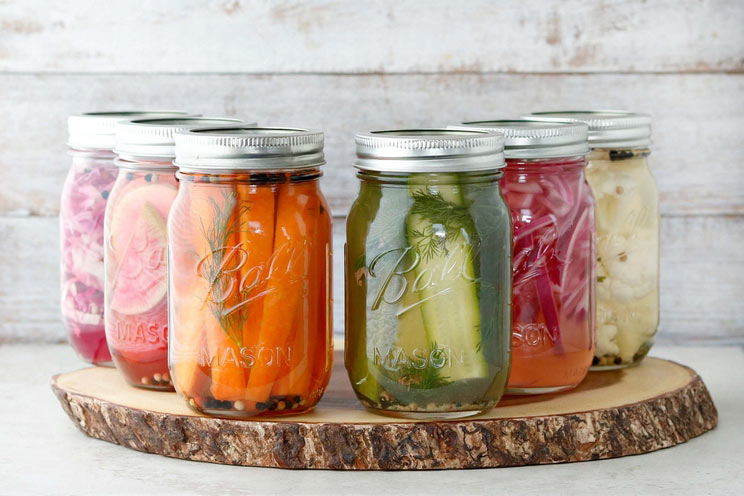
To avoid exposure to BPA and related chemicals, opt for any of these safer alternatives.
Glass and Ceramic
Skip plastic drinking bottles, dishes, travel mugs, and other plastic food items and choose glass and ceramic instead. Ceramic travel mugs, glass drinking bottles, and glass and ceramic items are safe to heat and won’t leach chemicals into your food or drink.
Stainless Steel
Stainless steel is nearly indestructible and if it’s food-grade, it won’t rust or otherwise degrade. There are stainless options for baby bottles, mugs, travel containers, cookware, and more.
Silicone
Skip plastic bags and other plastic wraps that can contain harmful chemicals and choose food-grade silicone reusable bags instead. You can even find silicone baby teething toys!
Wood
If you have kids, plastic toys are abundant and many of them are labeled “7”. This number is usually found on the bottom or underside of a toy, typically with a triangle shape around it. Wooden toys are making a popular comeback since those made in the U.S. are now required to be made with lead-free paint. (18)
Fabric
Handbags are frequently handled, so opt for fabric or leather alternatives when shopping for a new purse. You can also buy fabric dolls and similar toys for kids. The safest type of fabric is 100 percent organic cotton.
Tip: Buy Food That Isn’t Packaged
When you’re looking to avoid BPA exposure in foods, opt for fresh foods that aren’t preserved, packaged, or canned. This is the best way to ensure you aren’t getting any BPA exposure. The safest cosmetics and personal care brands are organic and natural, meaning they don’t use plastics, chemical-laden preservatives, or fragrances. Plus, you’ll limit your waste, too!
When Plastic is Unavoidable
If you have to use plastic, follow these best practice guidelines:
- Choose plastics that don’t contain a “7” on them. This means they’re likely free from BPS, BPA, and BPF or similar ingredients.
- Don’t heat them. Never use plastic in the microwave or dishwasher. Heat breaks down the particles in plastic, leaching them onto food.
- Use sparingly. Simply being mindful is everything. If a plastic bottle is all you have at the moment, use it – just remember to switch to a ceramic or glass cup when you get home.
Bottom Line
While there are mixed opinions on BPA, most agree that it can cause some harmful effects when it enters the body. It’s not a substance found in nature, so choosing something organic instead will always be the safer bet.
Plastic-free living is ideal, but it’s not always possible. Minimize plastic exposure whenever you can to keep your body less burdened by chemical absorption.
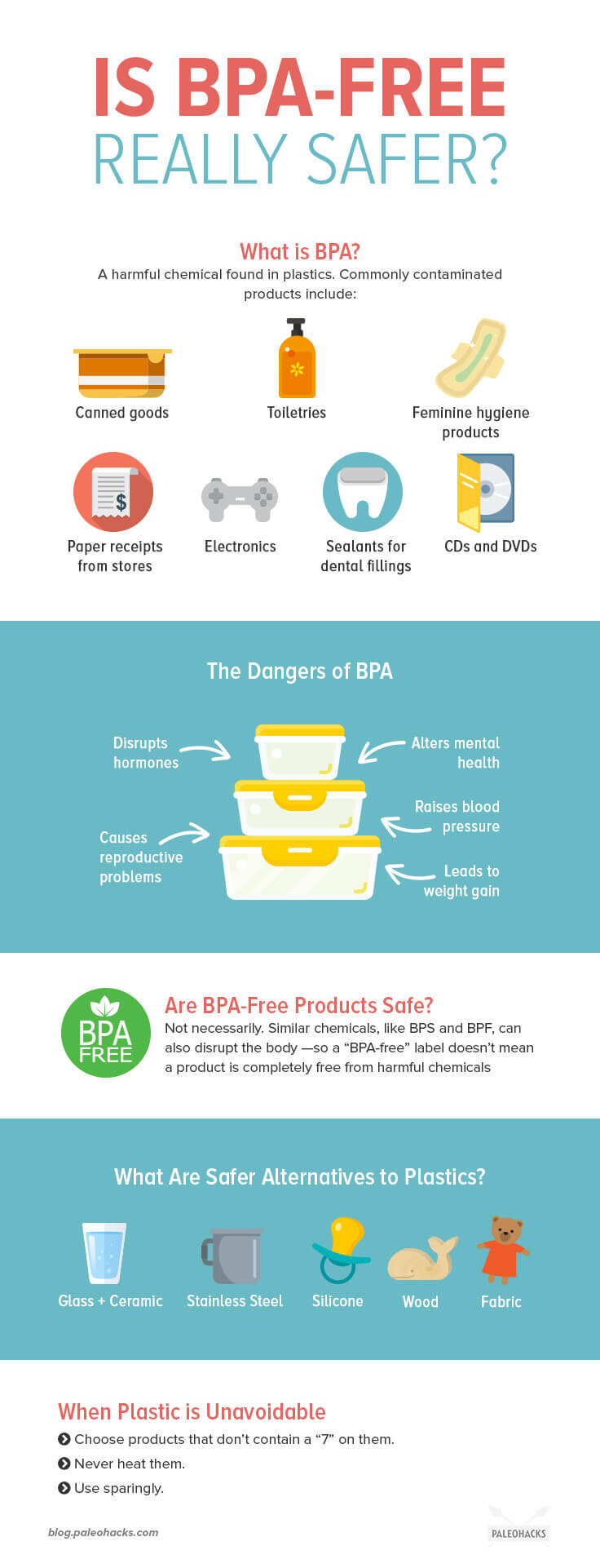
(Read This Next: 4 Big Problems With Microplastics and 4 Natural, Toxic-Free Alternatives)


 How To Fix Digestion with Bromelain, The Pineapple Enzyme
How To Fix Digestion with Bromelain, The Pineapple Enzyme

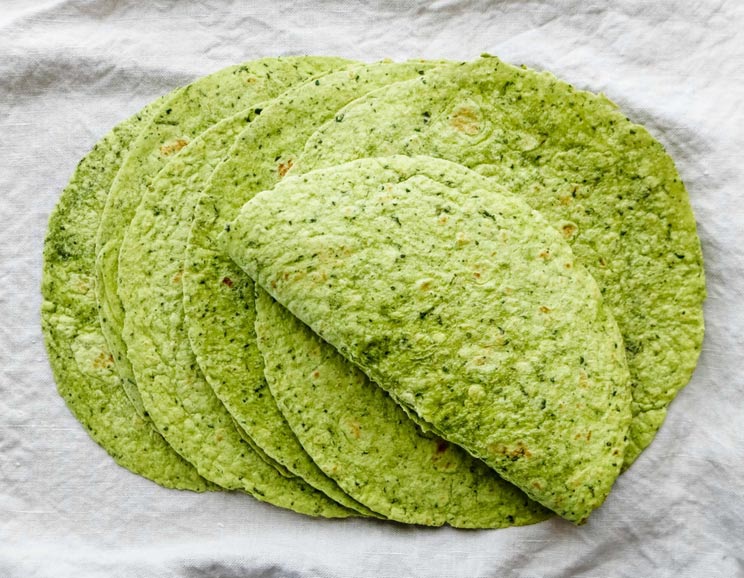
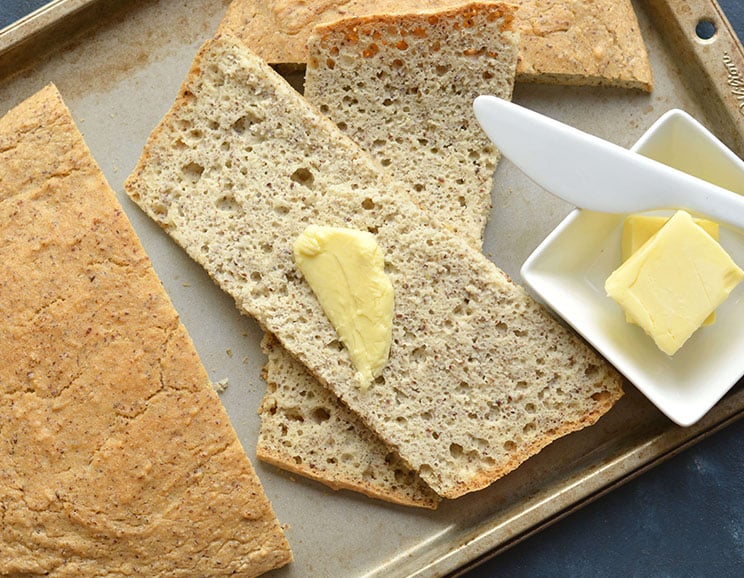
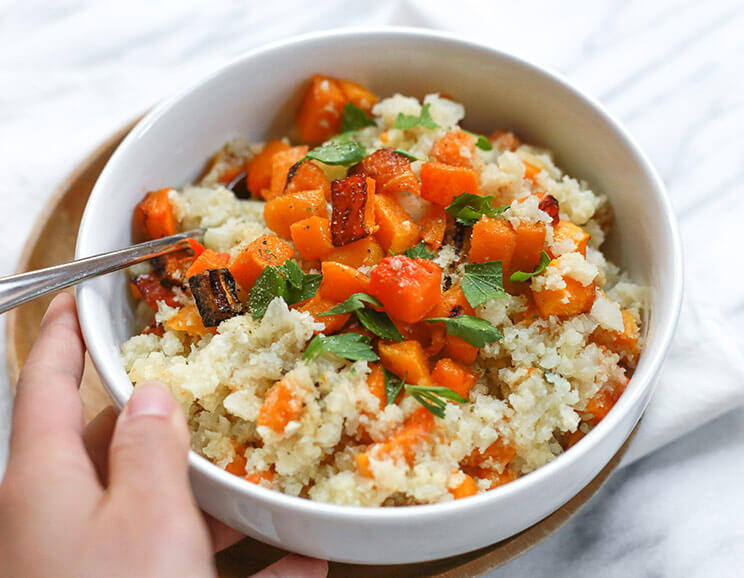
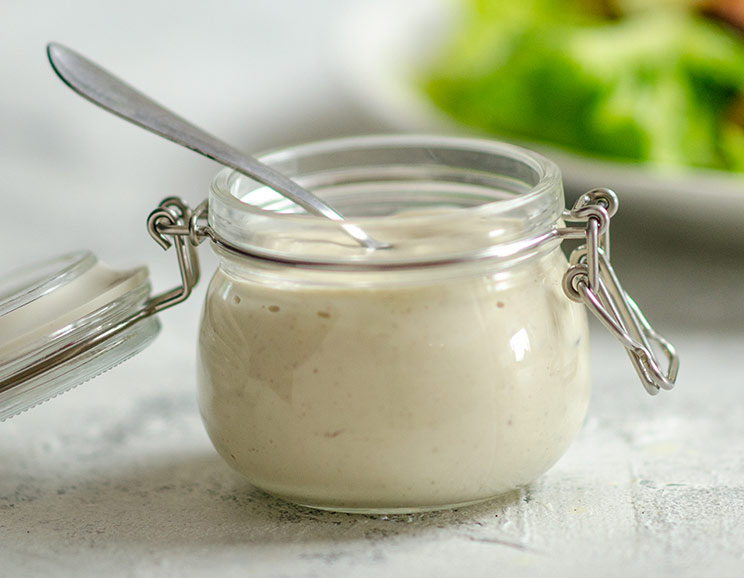
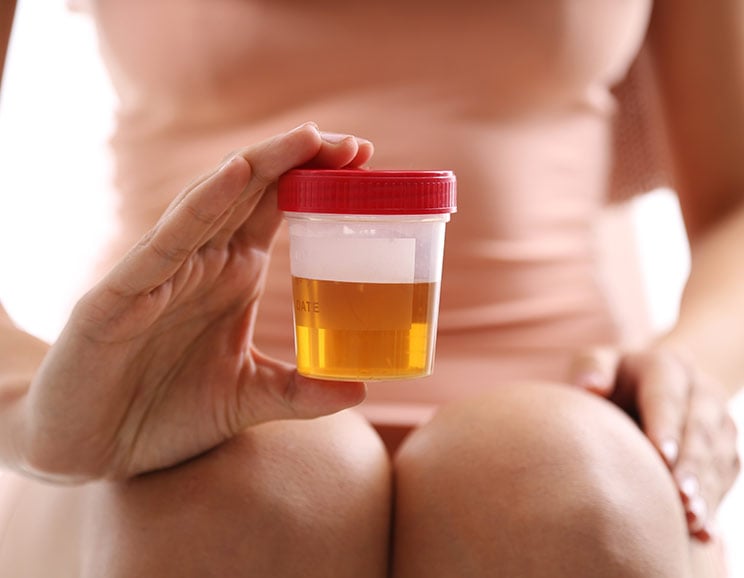

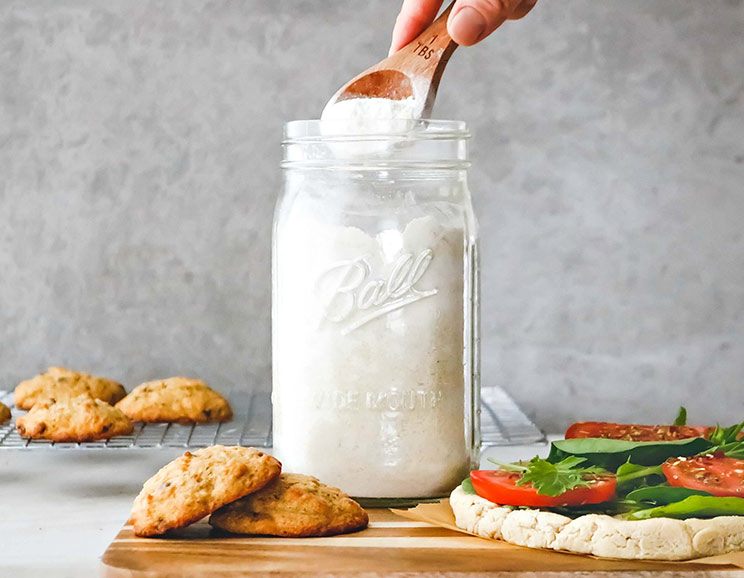
Show Comments